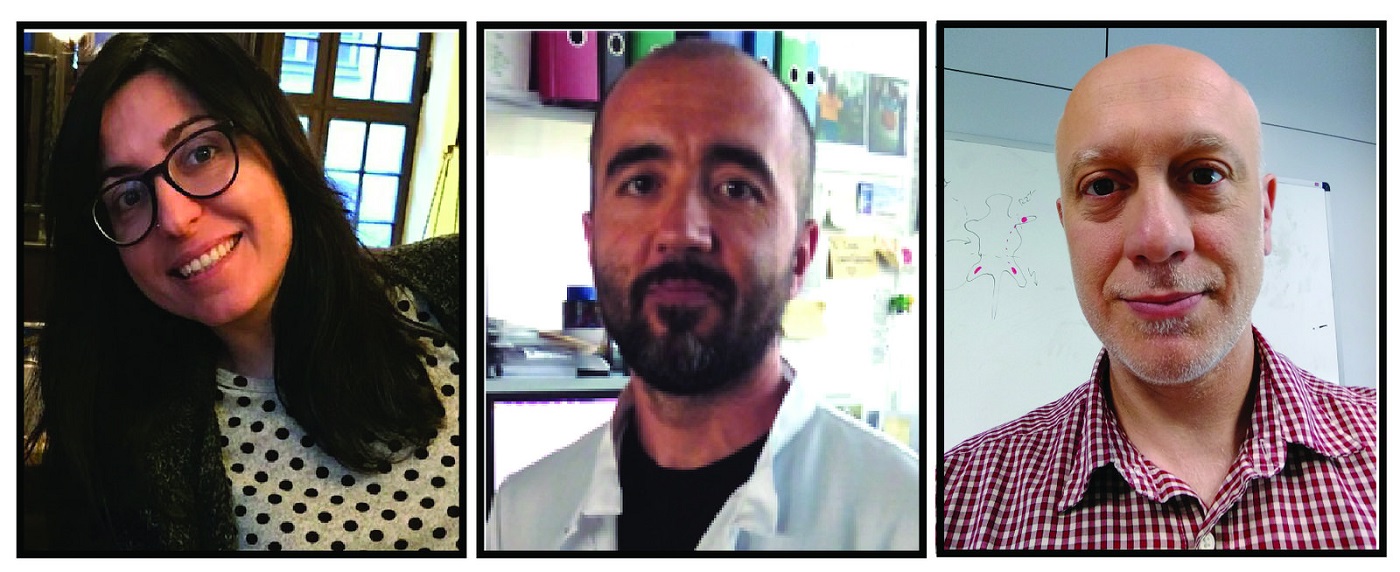'Journal of Experimental Medicine': Cell “canibalism” educates our defenses
CNIC scientists show that when macrophages ingest these expired cells they acquire protective properties
Phagocytosis is a biological mechanism whereby specialized cells ingest and degrade old, dead, or damaged cells to prevent tissue damage due to their accumulation. But phagocytosis appears to also have an educational role. Scientists at the Centro Nacional de Investigadores Cardiovasculares Carlos III (CNIC) report in the Journal of Experimental Medicine that phagocytosis not only eliminates useless cells, but also ‘educates’ macrophages, the immune cells that carry it out.
It is a paradox of nature that death is a prerequisite for the continuation of life. This is no more evident than in our own bodies, in which billions of cells in the intestine, the blood, the skin, and other tissues die every day so that new ones can take their place. Scientists have long investigated how organisms eliminate the debris from these expired cells. One of the commonest mechanisms turns out to be that specialized cells eat the old, dead, or damaged cells. This digestive process, called phagocytosis, is carried out by cells called macrophages, a name that means “big eaters”.
Macrophages are immune cells that normally are distributed throughout all body tissues and work to rid the organism of any type of biological material that needs to be eliminated, from injurious material such as glass particles and viruses to proteins or larger complexes that appear, for example, during embryonic development. Macrophages are also important for eliminating dangerous cells, for example, cancer cells or lymphocytes that recognize self molecules and that could cause an autoimmune immune disorder, such as those found in patients with lupus of rheumatoid arthritis.
Millions of cells die naturally in our bodies every day. A special cell population, called macrophages, are in charge of the ordered elimination of these cells
The Journal of Experimental Medicine report is the fruit of a joint effort by teams from the Spanish National Cancer Research Center (CNIO), the Spanish Superior Scientific Research Council (CSIC), and groups from the USA, and was coordinated by Noelia Alonso-González and Andrés Hidalgo of the CNIC Cell Biology and Development Area. In the study, the research team used an ingenious method for joining the circulations of 2 mice, with the cells of one mouse expressing a fluorescent protein. “When macrophages from the non-fluorescent mouse ingest cells from the partner mouse, they acquire their fluorescence,” explains Noelia Alonso-González. This simple approach helped the research team to isolate and study phagocytosing macrophages in living tissues for the first time.
The study shows that phagocytosing macrophages are different in each tissue, and different from macrophages that do not ingest dead or damaged cells. These differences, explains Andrés Hidalgo, “are important because they keep inflammatory processes in check and in turn promote the elimination of damaged cells; in other words, they increase their ‘appetite’”. Previous research had shown that when phagocytosis functions abnormally organisms can develop autoimmune disorders. The new CNIC study shows for the first time how phagocytosis is actually organized in living tissue.
An important conclusion of the study is that the act of ingesting expired cells educates the immune system in how to maintain tissues in a clean and healthy state, and that macrophages play a very important role in this process. The study identifies in detail the molecules that carry out important tasks in the phagocytic process in each tissue, from the gut to the liver and bone marrow. Surprisingly, the researchers found that each tissue has its own specific molecular toolkit for eliminating unwanted cells. According to Alonso-González, “This discovery suggests that it should in principle be possible to modulate phagocytosis in individual organs, without altering events in neighboring organs. One could, for example, promote the elimination of dangerous cells in the spleen without risking elimination of beneficial cells in the lung.”
Although any therapeutic application lies in the future, in describing how the organism maintains itself clean and healthy, the study suggests that in time it may be possible to coordinate the work of these cleansing macrophages to our benefit. The researchers quip that “in our bodies, as in society, diet, education, and cleanliness are the keys to maintaining harmony.”











